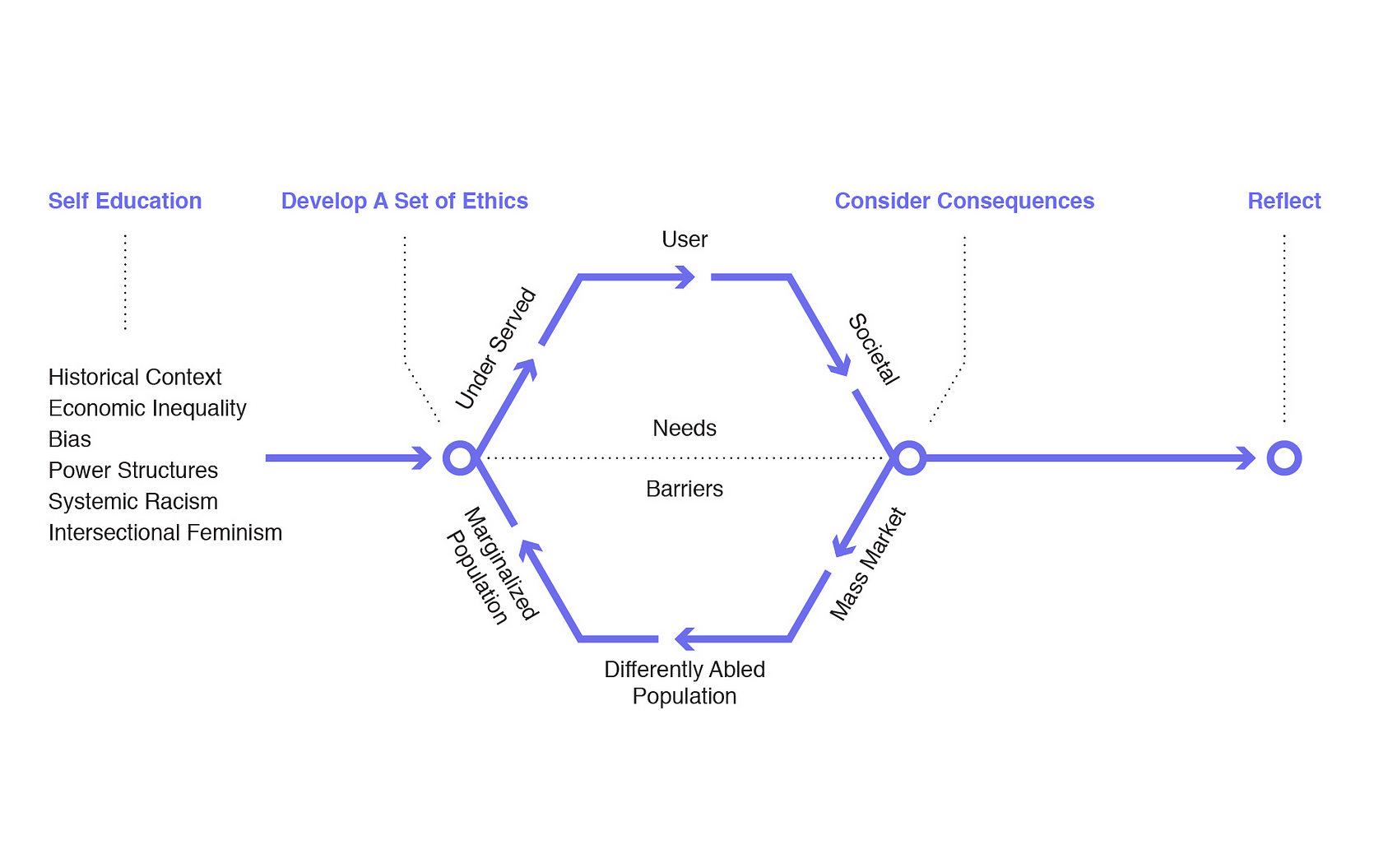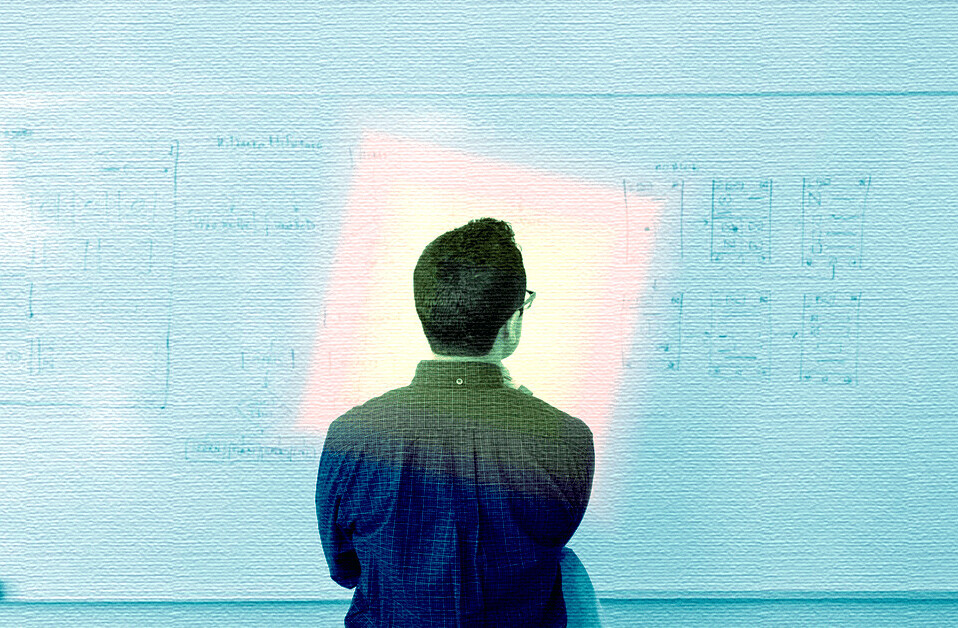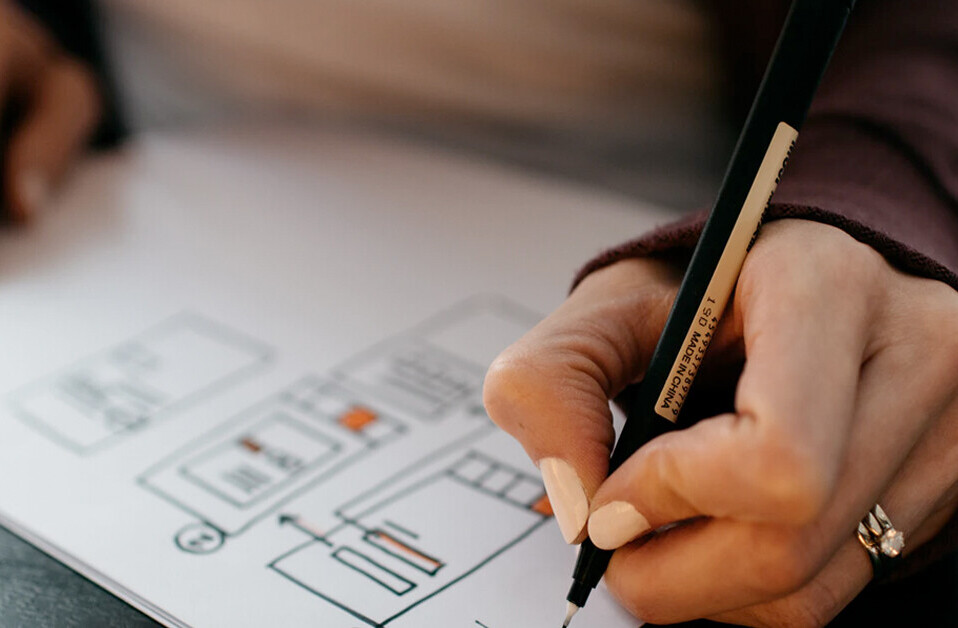
“I’ve got a soul that can’t sleep at night when something ain’t right.” These are the song lyrics to “Power of Equality” which is the first song on Red Hot Chili Pepper’s, breakthrough album, Blood Sugar Sex Magik. The song goes on to address racial injustice, white supremacy, and self-serving politicians. A few songs later, lead singer Anthony Kedis sings about his desire to have a lady intensely kiss him in the aptly titled song “Suck My Kiss.”
While The Red Hot Chilli Peppers are no Rage Against the Machine, they do contain multitudes. If they can sing about America’s inequality only to later request a woman to suck a kiss — I think we can too. The wildly different songs align perfectly with the possibility that we don’t have to live in an either-or situation. We can choose to consider the ethical implications of our labor within a corporate system whose goals focus on increasing shareholder value. We don’t have to choose between living as morally bankrupt corporate dregs or social justice advocates. We can be both! We can live together in a tenuous state of cognitive dissonance … I mean harmony, but it’ll take work.
What happens if you don’t put in the work?
Putting in the work can be annoying. It’s easy to be cynical. It’s easy to be lazy, and it’s hard enough dealing with meetings and deadlines. But before I make the justification on why you should put in the work, I should disclose that I am a former social worker. I worked on the ground with low-income families for 12 years and then received my master’s in social welfare.
This type of unique and unregulated power bestows designers with a moral imperative. Therefore, we can presuppose that politics, ethics, and social responsibility can not be separated from our work as professional designers, especially if we are working in corporate America.
To prevent bad design and gain a deeper understanding of impact, I like to delve into philosophy. Dr. Elizabeth Anderson, a professor, and philosopher at the University of Michigan, believes that for a society to flourish, there must be freedom and equality. However, to create a free and equal society is more complex and nuanced than what we are presented with today. Equality can’t be created by the redistribution of goods, because it can perpetuate hierarchies. Besides, the redistribution of goods does little to acknowledge or address the root causes of inequality, such as oppression. Instead, she suggests that we create equal access to opportunities and resources.
This is the fundamental difference between equality and equity. Equality allows everyone the same resources, equity allocates resources based on need, giving people equal access to success and prosperity. In ways, it’s less complex for designers to address physical disabilities. We can create speech recognition or font maximizers for people with visual impairments or subtitling and writing guidelines for people who have hearing impairments. But what about racism, sexism, or economic inequity? Those issues can be more difficult to address because they can manifest in less visible ways. For example, most of my research projects focus on middle to upper-class millennials. In addition, image placement and language could perpetuate negative stereotypes. Can these issues be addressed in everyday UX design decisions? Yes, in addition to adding more diverse employees, designers can start thinking more like social workers.
How to think like a social worker

To push past cynicism and laziness, little steps need to be taken behind the scenes. I have a few ideas on how we can do that. In social work, we’re trained to make sure that our theories, philosophies, and models can be put into practice. Here are a few steps to help us do just that: Step 1. Acknowledge that there is a problem. Step 2. Talk about it. Step 3. Listen. Step 4. The Model (If you’re feeling feisty). The goal of this model is to help you to think like a social worker, so our design work will be considerate and accessible.
The Model

-
Self Education.
First, you have to do a bit of legwork and begin to educate yourself and discuss social issues — if you read the news, you probably already do this. But I also think it’s helpful to read a little political theory, maybe Elizabeth Anderson, Noam Chomsky or Britney Spear’s Instagram — whatever whets your appetite.
-
Develop a Set of Ethics
Next, with yourself or your team, develop a set of ethics around those learnings. For example, you may choose to not use the Hook Model on your project because you are ethically against creating possible negative behaviors.
-
Needs and Barriers.
After you have developed a set of ethics for your work, begin to consider how your outputs could affect different population’s needs, or create barriers. You can ask questions like: Does this output address the needs of low-income populations?
-
Consider the Consequences.
Next, think of the intentional or unintentional consequences of your work, which can include barriers. Is the language inclusive, or will it leave out some populations? Does this output negatively influence behavior?
-
Reflect.
Lastly, reflect on how the work’s impact has materialized and think of changes you can make to the model or your outputs. Did the consequences you considered materialize? Was there an impact, financially or behaviorally on certain populations? What did you learn? What can you change?
In time, these practices become reflexive. I think and talk about the points in my model a lot, almost unconsciously, in a myriad of situations. Much like the Red Hot Chili Pepper’s Blood Sugar Sex Magik, UX can contain multitudes. Designers can focus on the bottom line while also questioning the moral ethics of design. Designers can combine social impact with corporate agendas. Designers can design with marginalized communities in mind and show our clients and companies the value. If you can relate to “I’ve a got soul that can’t sleep at night when something ain’t right” in terms of your work — let’s talk.
Get the TNW newsletter
Get the most important tech news in your inbox each week.




